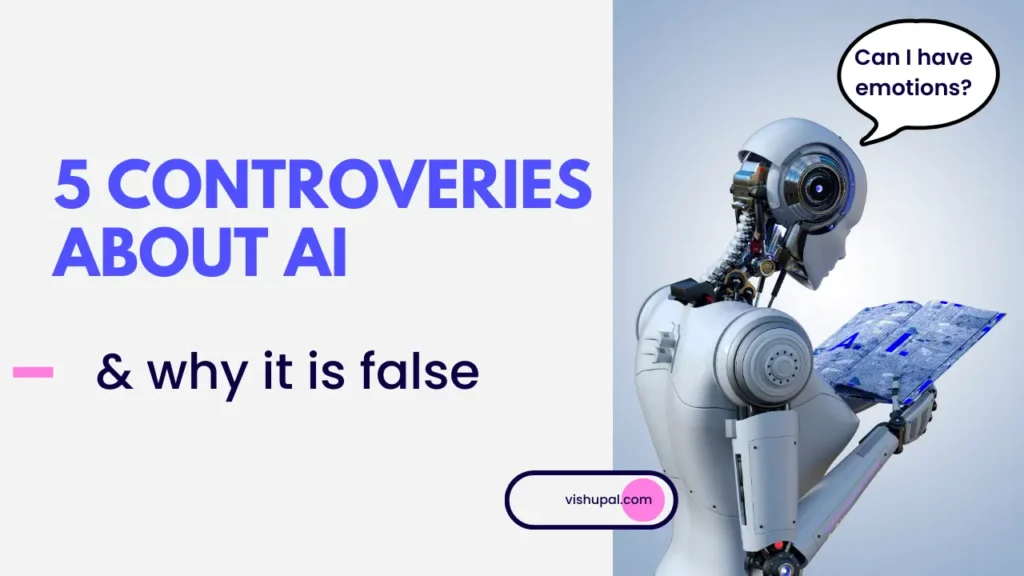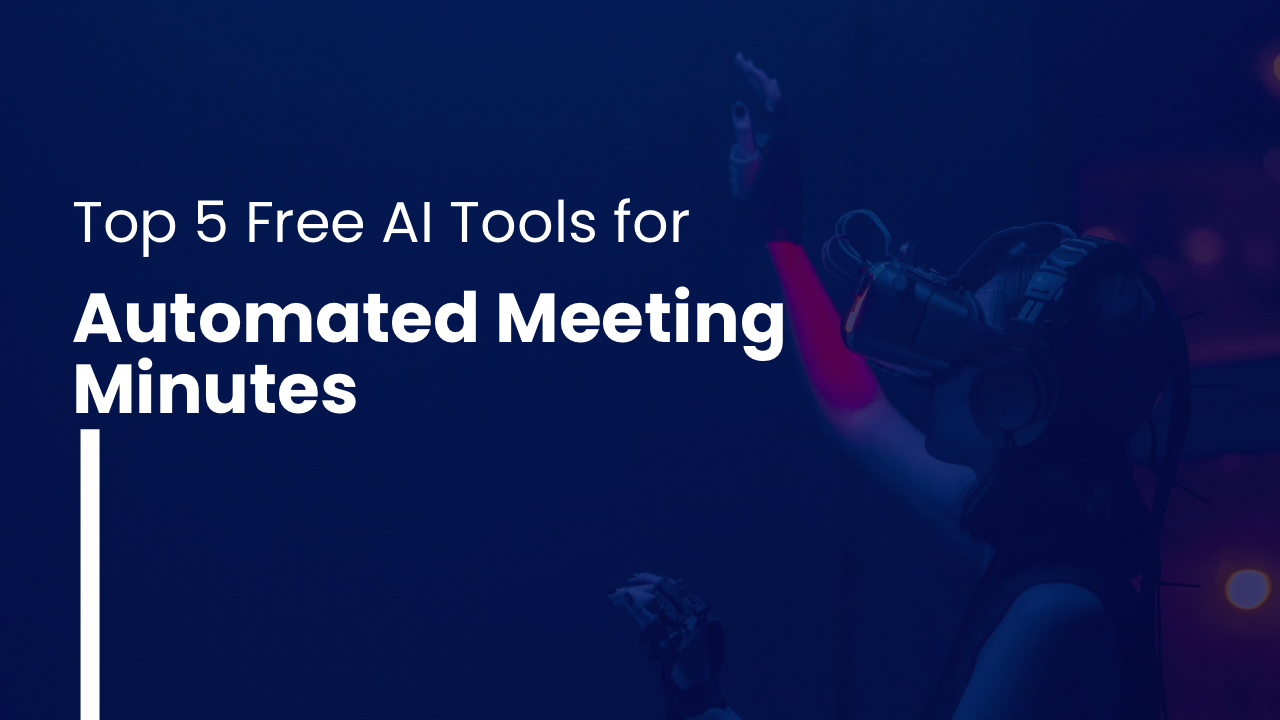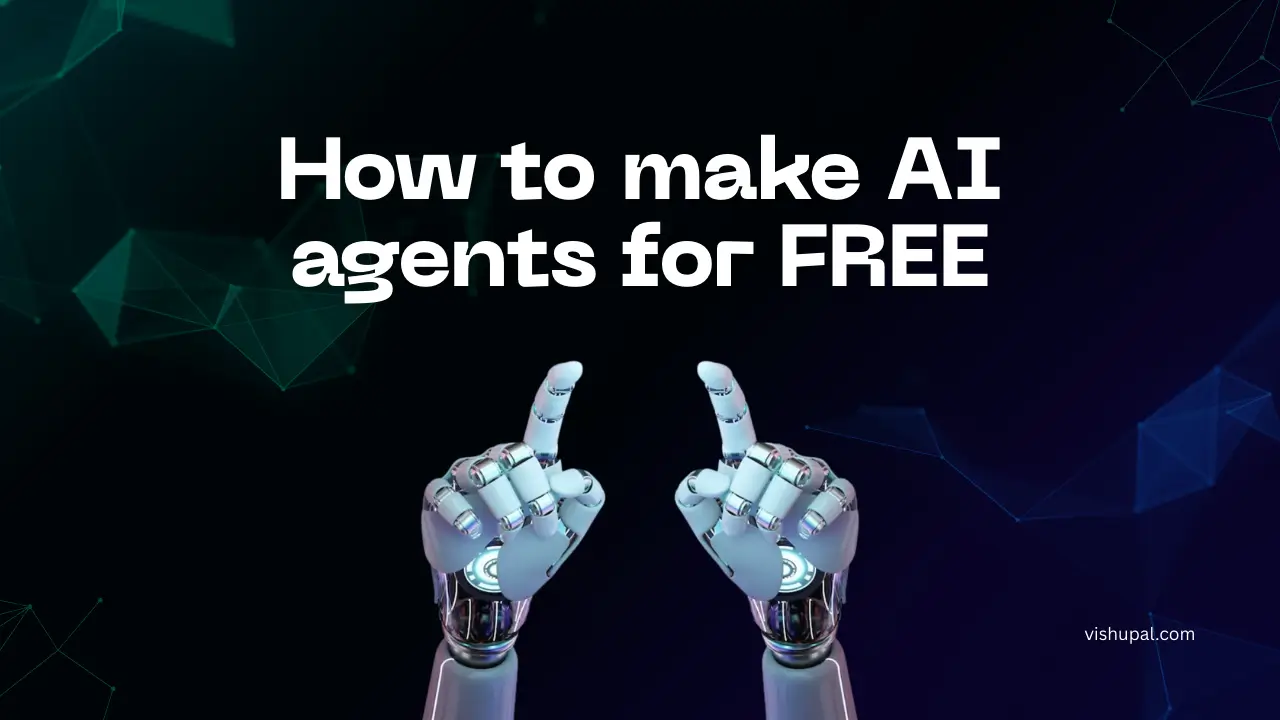Artificial intelligence (AI) is one of the most debated technologies of the 21st century. While it continues to transform industries and redefine possibilities, many misconceptions fuel fear and skepticism about its capabilities and consequences. In this blog post, we’ll debunk five controversial statements about artificial intelligence and explain why they’re false.
If you’re curious about the truth behind AI myths, keep reading to get a clear understanding of this groundbreaking technology.
1. “AI Will Completely Replace All Human Jobs”
Why It’s False:
While AI is automating repetitive tasks, it is not designed to replace human jobs entirely. Instead, artificial intelligence complements human work by increasing efficiency and productivity. For example:
- AI automates data entry, freeing employees for creative problem-solving.
- In healthcare, AI assists doctors in diagnosing diseases but cannot replace the human touch needed for patient care.
Historically, every technological advancement has created new job opportunities while transforming existing ones. The rise of AI will lead to jobs in AI ethics, data analysis, and programming, while enhancing roles in education, healthcare, and the arts.
Key Insight:
AI will redefine work, not erase it.
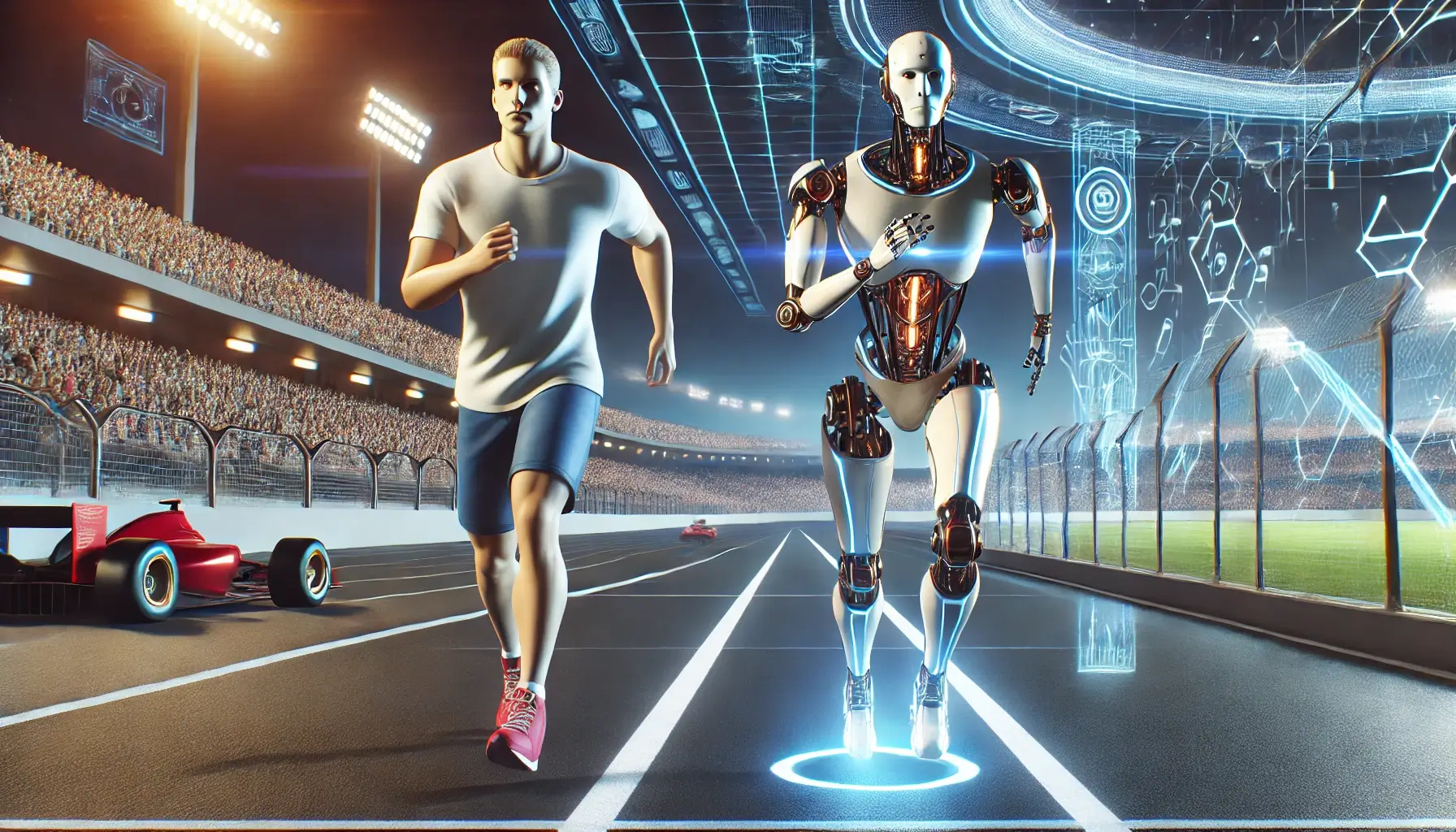
2. “AI Will Surpass Human Intelligence in Every Way”
Why It’s False:
Artificial intelligence can outperform humans in specific tasks like playing chess or processing massive datasets, but it lacks general intelligence, adaptability, and consciousness. AI is highly specialized and works within predefined parameters.
For instance:
- AI chatbots like ChatGPT or Google Gemini generate human-like responses but lack emotional depth or ethical reasoning.
- Robots may excel at assembling cars, but they cannot independently decide to innovate new designs.
Key Insight:
AI excels in narrow domains but cannot match the versatility or creativity of human intelligence.
3. “AI Systems Are Unbiased and Make Fair Decisions”
Why It’s False:
Artificial intelligence is only as unbiased as the data it is trained on. Unfortunately, many AI systems inherit biases present in their training datasets, leading to unfair outcomes.
Examples include:
- Facial recognition AI showing lower accuracy for darker skin tones.
- Hiring algorithms inadvertently favoring male candidates due to biased historical data.
Addressing bias requires responsible AI development, diverse datasets, and regular audits.
Key Insight:
AI reflects the biases of its creators and data; it is not inherently neutral.
4. “AI Can Think and Feel Like Humans”
Why It’s False:
AI mimics human behavior but lacks consciousness, emotions, and subjective experiences. When interacting with AI-powered tools, like voice assistants or chatbots, users may feel like they’re conversing with a sentient being—but this is a simulation.
AI operates purely on algorithms and data patterns:
- AI cannot genuinely empathize, though it may respond empathetically.
- AI does not “think” but processes inputs to produce outputs based on programming.
Key Insight:
AI simulates human responses but lacks true self-awareness.
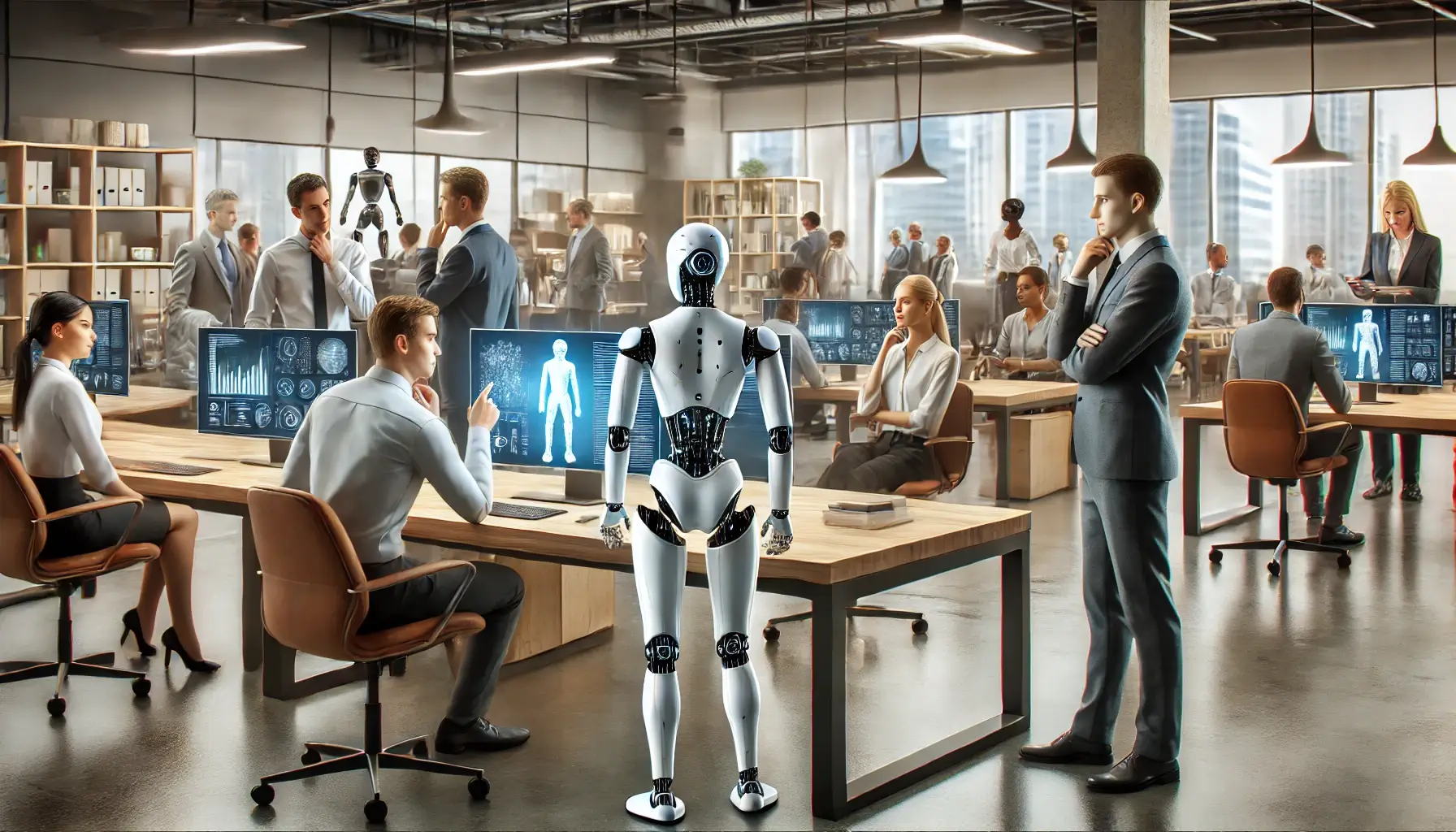
5. “AI Will Inevitably Lead to the Extinction of Humanity”
Why It’s False:
This is an exaggerated fear rooted in science fiction. While misuse of artificial intelligence could pose risks (e.g., autonomous weapons), its potential for harm depends entirely on human oversight and regulation.
Proactive measures to ensure AI safety include:
- Clear international guidelines for ethical AI use.
- Transparency in AI development and decision-making.
- Collaboration between governments, organizations, and tech leaders.
AI is a tool, not a decision-maker, and its impact depends on how we use it.
Key Insight:
Proper regulation and ethical development can prevent AI-related risks.
Debunking AI Myths for a Clearer Future
Artificial intelligence is a transformative technology, but it is often misunderstood due to myths and fears. By separating fact from fiction, we can better harness AI’s potential to benefit society while addressing its challenges responsibly.
Key Takeaways:
- AI enhances human work rather than replacing it.
- Artificial intelligence specializes in narrow tasks and lacks general intelligence.
- AI systems can reflect human biases and require ethical oversight.
- AI is not sentient and cannot think or feel like humans.
- Responsible AI development ensures it remains a beneficial tool, not a threat.
By understanding the realities of artificial intelligence, we can embrace its potential and ensure its safe, ethical integration into our lives.
FAQs
1. Can artificial intelligence surpass human intelligence?
AI can outperform humans in specific tasks but lacks the versatility and emotional intelligence of humans.
2. How can we prevent AI from being harmful?
Ensuring ethical AI development, robust regulations, and diverse training datasets can mitigate risks.
3. Are jobs at risk due to artificial intelligence?
While some tasks may be automated, AI will create new job opportunities, especially in AI-related fields.
4. Is AI truly unbiased?
No, AI inherits biases from its data and creators, making ethical oversight crucial.
5. Will AI eventually become conscious?
Current AI lacks consciousness and self-awareness, and there is no evidence it will achieve these traits in the foreseeable future.
By addressing these misconceptions, we can pave the way for a future where artificial intelligence drives innovation without fear or misinformation.
